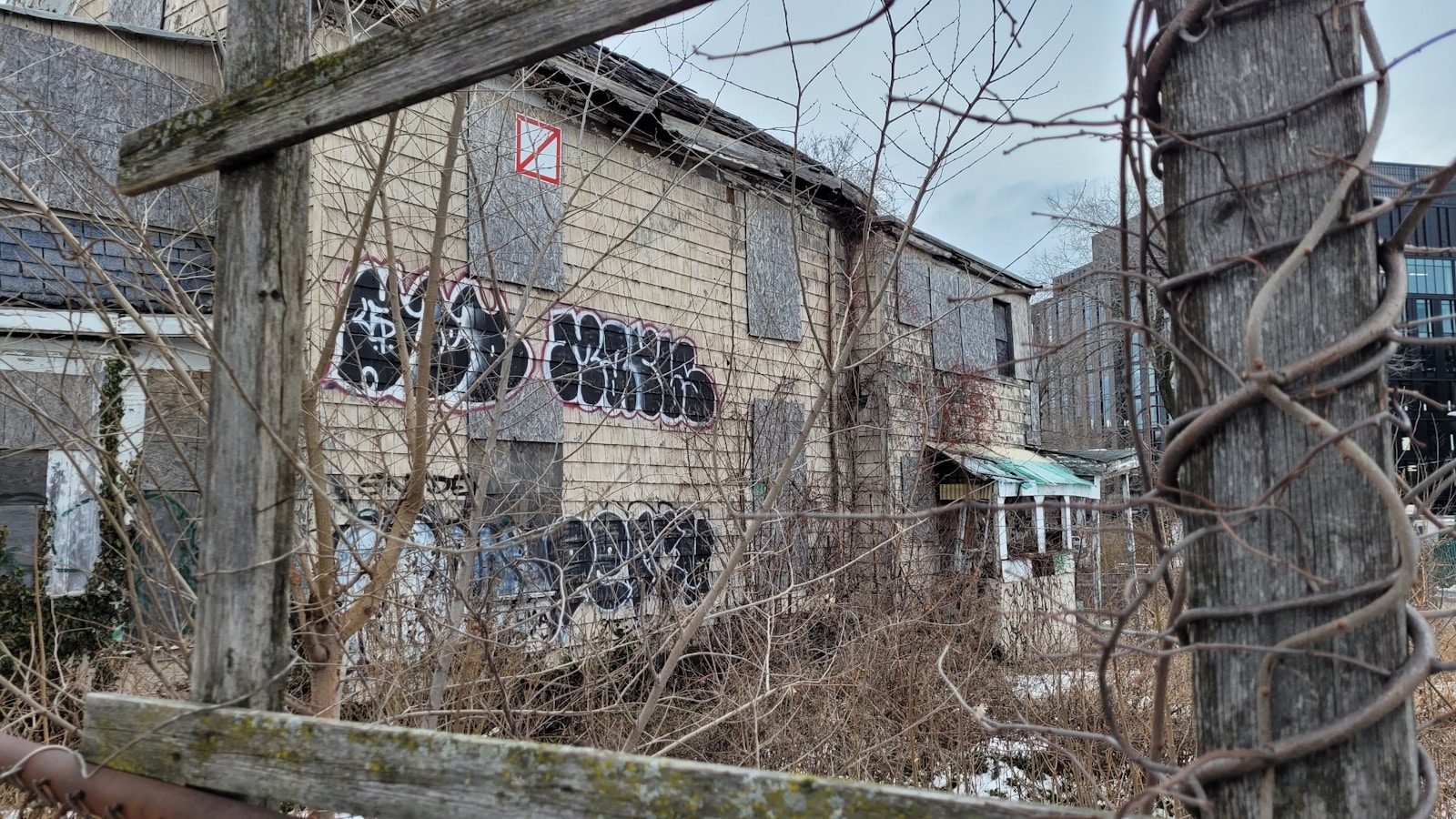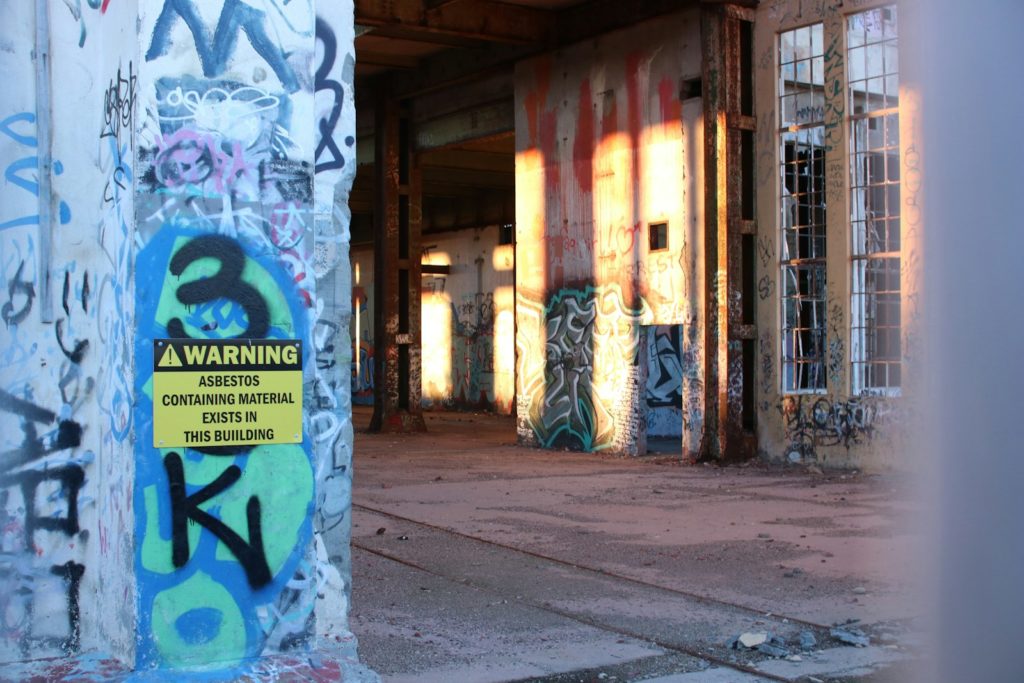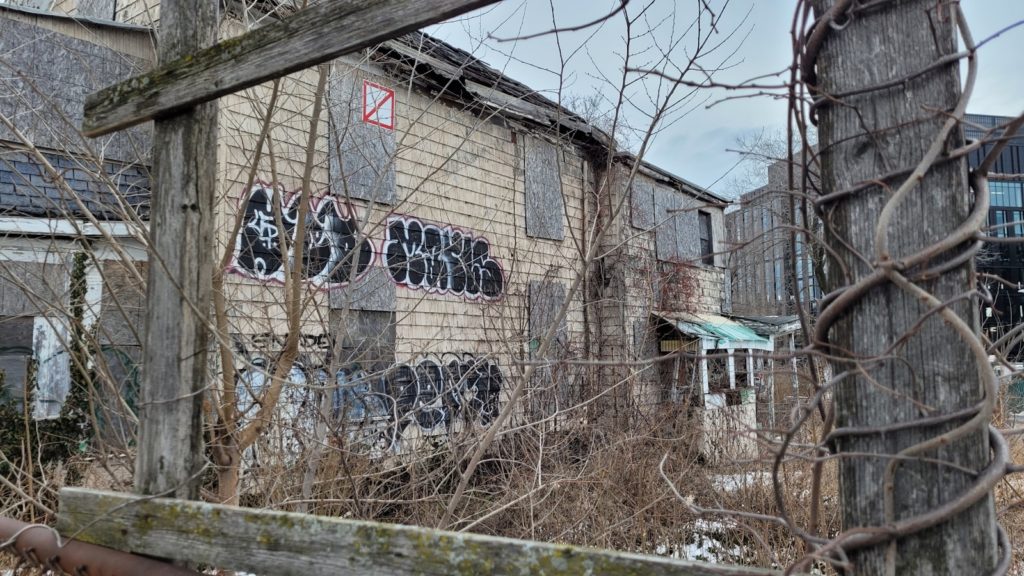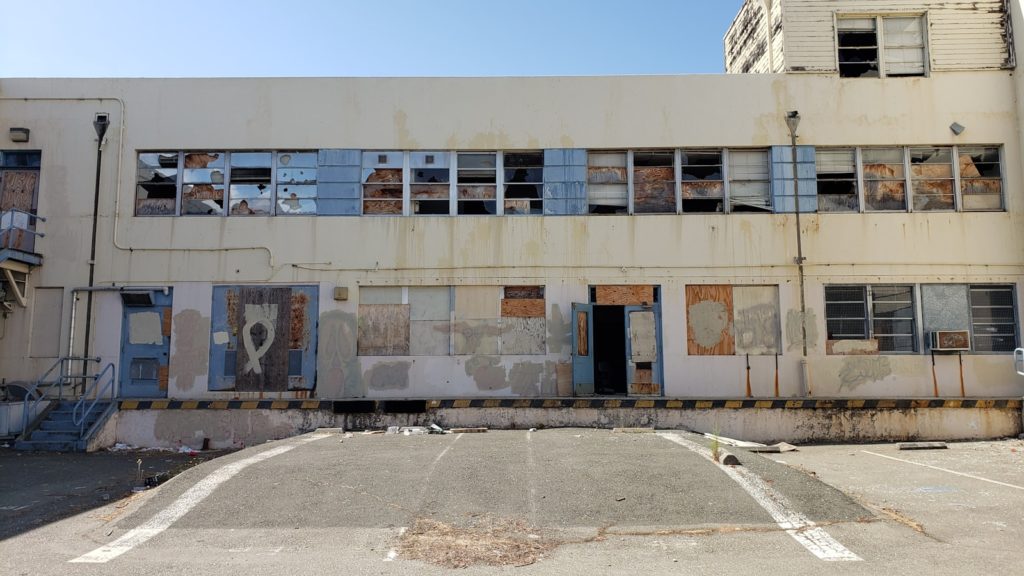The condemnation of buildings is a critical process that cities and municipalities use to deal with properties that are deemed unsafe or unsuitable for occupancy. This procedure not only helps to ensure public safety but also facilitates urban development and revitalization. Understanding the steps involved in this process can provide property owners and residents with insights into how such decisions are made and the implications they may have.
Understanding Building Condemnation
Building condemnation involves a series of steps that local governments take to declare a property as uninhabitable. This decision is typically made based on the condition of the building and its compliance with local building codes and safety regulations. The process starts with a detailed inspection conducted by building inspectors or structural engineers who assess various factors such as the structural integrity of the building, its adherence to safety norms, and its overall condition.
The Inspection Phase
The initial phase in the condemnation process is a thorough inspection. Inspectors look for critical issues such as major structural failures, hazardous materials, fire hazards, mold, and violations of health standards. If the problems are severe enough, they will document their findings and issue a notice to the property owner, outlining the specific violations and the steps needed to rectify them.
Issuing a Condemnation Notice
If the property owner does not make the necessary repairs within a given timeframe, or if the building poses an immediate threat to public safety, the local government will issue a condemnation notice. This notice formally declares the building as unfit for use and typically specifies a deadline by which the building must be vacated. It also informs the owner and any occupants of their rights and the legal implications of the condemnation.
Legal and Financial Implications
Once a building is condemned, the property owner faces several legal and financial challenges. Legally, the owner is prohibited from renting or listing the property without resolving the issues that led to the condemnation. Depending on the location of the property, you may be able to sell the property to a real estate investor. Financially, the owner must either invest in significant repairs to bring the building up to code or potentially face demolition costs. Additionally, there may be legal costs involved if disputes arise during the condemnation process.
Property owners have the right to appeal a condemnation decision. The appeal process typically involves a hearing before a local board or court, where the owner can present evidence or arguments against the condemnation. Success in these appeals often depends on demonstrating that the condemnation was unjustified or that the cited issues have been satisfactorily resolved.
The process to condemn buildings is a serious measure taken to address safety and compliance issues. It involves several steps, from inspection and issuing notices to dealing with the legal aftermath. Property owners must be aware of their responsibilities and rights throughout this process to manage their properties effectively and avoid potential legal entanglements.










